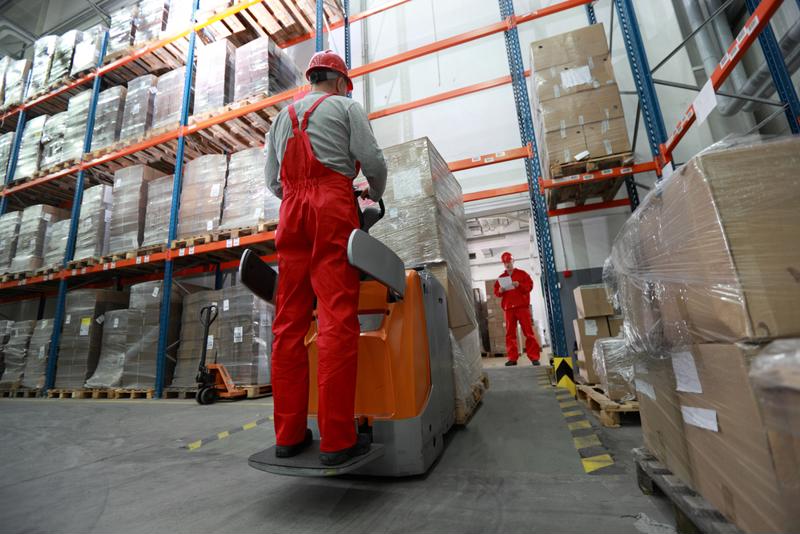While many companies across the U.S. are once again opening their doors and bringing larger percentages of their workforce back to the job, the novel coronavirus pandemic is hardly in the rearview mirror. With that in mind, there are numerous safety precautions that necessarily have to be taken so your workers can return and have reasonable assurances they can stay healthy.
The following tips should help both you and your employees remain confident in your safety plan as time goes on:
1) Make your standards clear
At this point, most people are going to have a good handle on what constitutes solid social distancing and protective steps, but it helps if you codify everything formally, according to SHD Logistics. That way, there's absolutely no room for confusion or mistakes and, when issues arise, you can refer back to your company's plans. Posting these standards - with helpful pictograms - throughout your facility may also be a good idea.

Again, we're certainly not out of the woods yet when it comes to having the COVID-19 threat pass, and that's likely to be the case for the foreseeable future as well, SHD Logistics added. You may be able to change your approach over time as local, state and federal officials change their recommendations, but you likely won't return to "normal" working conditions for quite awhile.
3) Stagger your shifts
One of the big problems logistics firms with large staffs may face in particular is that, in the course of normal work, people pass by one another with great frequency, and tend to work in close quarters, according to Cushman & Wakefield. By staggering your shifts, you scale back the number of people on the shop floor at any given time, and in doing so, also reduce infection risk.
4) Cut the number of team meetings
Along similar lines, it's important to cut back on the instances when people are gathered in proximity to each other, Cushman & Wakefield advised. That could include finding an alternative to the standard team or all-hands meeting, reducing the number of people allowed in a break room at any given time and so on.
5) Change the layout
When you're trying to encourage social distancing, it's important to make sure people can actually stay safely away from one another, according to Davies & Robson. If your work stations place workers closer than 6 feet from each other, it may be time to temporarily remove or readjust them so employees can practice reasonable social distancing.
6) Continually assess risk
Because things are still changing with this pandemic, you also need to avoid a "set it and forget it" attitude, Davies & Robson noted. Instead, monitor what your company is doing, both to protect your employees and ensure your business remains as strong as possible.
Especially in times like these, your bottom line isn't as important as your employees' health, and as such you need to continually strategize about what will help keep everyone safe from infection.



Post A Comment:
0 comments so far,add yours